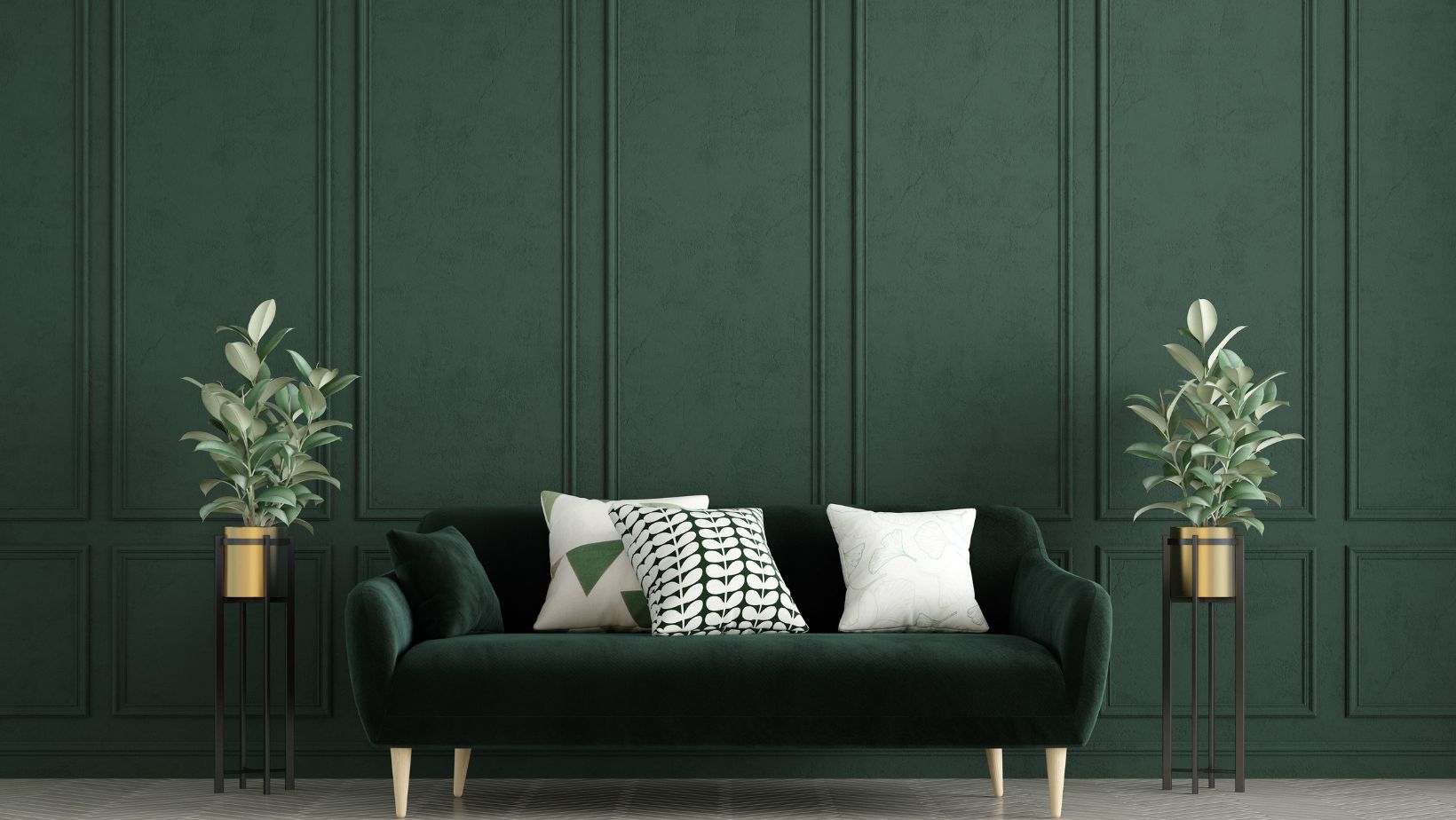
Ever wondered how the spaces you inhabit daily are more than just four walls and a ceiling? The secret lies in the art and science of interior architecture design. It’s a discipline that blends aesthetics, functionality, and psychology to craft spaces that not only look beautiful but also enhance your living experience.
In today’s world, where our homes double as our offices, gyms, and even classrooms, the role of interior architecture design has never been more critical. It’s an exciting field where creativity meets practicality, and the results can transform our everyday lives.
Delving further into the world of interior architecture design, it’s evident how this field masterfully merges the lines between art and engineering. It also showcases an intriguing evolution over the years, tracing back to historical periods.
Interior Architecture Design
 Interior architecture design represents a remarkable fusion of art and engineering. At its core, it converges creative expression – an art form – with practical design – an element of engineering. This blend results in spaces that resonate with aesthetic finesse and cater to function in equal measure.
Interior architecture design represents a remarkable fusion of art and engineering. At its core, it converges creative expression – an art form – with practical design – an element of engineering. This blend results in spaces that resonate with aesthetic finesse and cater to function in equal measure.
Consider a modern living room, for instance. A careful choice of furniture, color schemes, textures, and layout doesn’t merely aim at creating visual delight. It also takes the room’s size, light entry, purpose, and occupant preferences into account, ensuring the room is as practical as it’s appealing. Hence, the real magic of interior architecture design lies in this blend, this fusion which brings together two distinct disciplines – art and engineering – to create harmonious, functional spaces.
Historical Evolution of Interior Architecture
Tracing the roots of interior architecture design, it illuminates a rich tapestry of historical influences and transitions. It’s not a static, stagnant field. Rather, it evolves continually, absorbing cues from social, cultural, and technological dynamics.
For example, the ornate and opulent designs prevalent in the Baroque era dramatically transitioned during the Industrial Revolution. This period saw a shift towards functional design, with emphasis on usability and simplicity. Fast forward to today, it’s fascinating to note how interior architecture design has morphed once again. Contemporary designs now seamlessly integrate technology and sustainability, responding to novel challenges and necessities of the modern world.
In essence, understanding interior architecture design is about appreciating the blend of art and engineering and acknowledging its fluid evolution over time. Each era contributed unique elements, molding and shaping the field into the multidimensional discipline that it is today.
Key Principles of Interior Architecture Design
Building on the historical evolution of interior architecture design, our attention moves toward a set of key principles at its heart. Operating as architectural guidelines, these principles distinguish remarkable design from the mediocre. They include balance and harmony, proportion and scale, along with unity and focus.
Balance and Harmony
 Balance refers to distributing elements evenly across a space to achieve visual equilibrium, important in interior architecture design. For instance, a room with a heavy bookcase on one side could use a comparable item, such as a large painting, to balance the other side.
Balance refers to distributing elements evenly across a space to achieve visual equilibrium, important in interior architecture design. For instance, a room with a heavy bookcase on one side could use a comparable item, such as a large painting, to balance the other side.
Harmony, on the other hand, involves the blending of different elements to form a cohesive whole. In practice, an architect could use repeated patterns, a consistent color palette, or a particular material throughout a room to foster harmony.
Proportion and Scale
Proportion delineates the relationship between the size of different parts within a structure. For example, the size of a door could relate proportionally to the size of a window in the same room. Architects consider proportions diligently, crafting carefully-scaled environments that comfort and satisfy occupants.
The principle of scale relates directly to the size of objects compared to people. Accent pieces, such as a grand chandelier or an oversized piece of artwork, often lend a sense of drama. Yet, it’s crucial that they don’t overwhelm the surrounding space.
